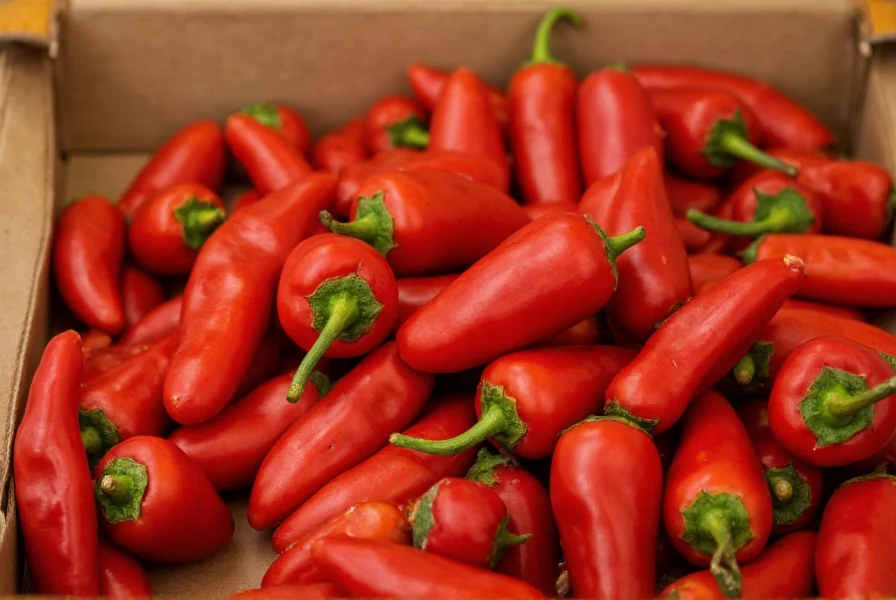For fans of NBC's popular first responder drama Chicago Fire, the culinary moments at Firehouse 51 have become nearly as iconic as the emergency calls themselves. The chili frequently prepared and enjoyed by the firefighters between shifts has sparked significant interest among viewers looking to recreate this comforting staple of firefighter station cuisine.
The Origins of Firehouse 51 Chili
Throughout the series' many seasons, chili has appeared as a recurring element in the Firehouse 51 kitchen. The show's writers intentionally incorporated this traditional firefighter meal to reflect real-world fire service culture, where shared meals build camaraderie among crew members working long shifts together. In Chicago Fire season 5, episode 12, viewers saw Captain Matthew Casey preparing a large pot of chili that became central to a scene discussing crew dynamics.
Authentic Firehouse-Style Chili Recipe
Based on observations from multiple Chicago Fire episodes featuring the kitchen scenes, here's a recreation of the firefighter station chili that maintains the spirit of what's shown on the series:
| Ingredient | Amount | Preparation Notes |
|---|---|---|
| Ground chuck (80/20) | 2 lbs | Browned thoroughly for maximum flavor |
| Chili beans (kidney and pinto) | 2 cans (15 oz each) | Drained and rinsed |
| Crushed tomatoes | 28 oz | Fire-roasted variety preferred |
| Yellow onion, diced | 1 large | Sautéed until translucent |
| Garlic, minced | 4 cloves | Added after onions |
| Chili powder | 3 tbsp | Chicago Fire uses a medium heat level |
| Cumin | 2 tsp | Essential for authentic flavor |
| Worcestershire sauce | 2 tbsp | Adds depth to the beef flavor |
Preparing Your Chicago Fire-Style Chili
The cooking process seen on Chicago Fire reflects how real firefighters often prepare large-batch meals that can be served throughout their 24-hour shifts. Begin by browning the ground beef in a large stock pot, similar to the commercial kitchen equipment visible in Firehouse 51's kitchen. Drain excess fat but retain some for flavor. Add the sautéed onions and garlic, followed by all spices, stirring to create a fragrant base.
Pour in the crushed tomatoes and beans, then bring to a gentle simmer. The key to authentic firefighter station chili is the long, slow simmer—minimum 90 minutes—which allows flavors to meld. This extended cooking time matches what's visible in Chicago Fire episodes where the chili pot remains on the stove between scenes.

Chicago Fire Chili Variations Fans Love
While watching Chicago Fire season 7, viewers noticed variations in how different characters preferred their chili. Some popular adaptations include:
- The Herrmann Special: Inspired by Firehouse 51's engineer, this version includes a splash of beer for depth, reflecting Herrmann's German heritage shown throughout the series
- Casey's Midwest Style: Features a touch of brown sugar for subtle sweetness, as seen when Casey cooks in Chicago Fire season 5
- Mouch's Spicy Version: Adds diced jalapeños, matching Mouch's more adventurous palate depicted in multiple Chicago Fire episodes
Serving Chicago Fire-Style Chili Authentically
To truly recreate the Firehouse 51 experience, serve your chili family-style in large bowls, just as the Chicago Fire cast does during meal scenes. Traditional toppings include shredded cheddar cheese, sour cream, and sliced green onions—exactly what's visible in the show's kitchen sequences.
Food Safety Context: Real fire stations adhere to strict food safety protocols established by the USDA Food Safety and Inspection Service. Per official guidelines, cooked chili must be held at 140°F (60°C) or above for safe service during extended shifts, and should not remain in the "danger zone" (40°F-140°F) for more than 2 hours. Home cooks must verify ground beef reaches 160°F (71°C) internally to prevent foodborne illness—unlike TV dramatizations, real firehouse kitchens use calibrated thermometers for compliance.
For the complete Chicago Fire station chili experience, serve with cornbread or saltine crackers, which have appeared in several episodes as accompaniments. The show consistently portrays the firefighters eating their chili while sitting around the large kitchen table, emphasizing the communal aspect of mealtime in fire service culture.
Why Firefighters Love This Chili Recipe
The popularity of chili in fire stations isn't just a Chicago Fire TV show invention—it reflects real fire service tradition. Firefighters need meals that can be prepared in large quantities, remain edible for extended periods, and provide substantial energy for demanding work. The chili featured throughout Chicago Fire seasons demonstrates this practical aspect of firehouse culture while also serving as a narrative device to bring characters together.
Unlike many TV show recipes that exist only for visual appeal, the Chicago Fire chili preparation shown on screen follows actual cooking techniques, making it feasible for home recreation. This attention to culinary authenticity has contributed to the recipe's popularity among viewers seeking to connect with the show through everyday experiences.
Evolution of Firehouse Chili in Fire Service Culture
While Chicago Fire popularized this tradition for television audiences, the practice of serving chili in fire stations has evolved significantly over decades. According to the National Volunteer Fire Council's documentation of fire service traditions, chili became a staple in American firehouses during the 1970s-1980s as departments transitioned from volunteer-cooked meals to standardized crew-prepared dishes. The NVFC notes this shift was driven by practical needs: chili's ability to feed rotating shifts (typically 24-hour rotations), its compatibility with commercial warming equipment, and its nutritional profile for high-energy emergency response work.
This evolution is reflected in Chicago Fire's portrayal, where early seasons (1-3) featured simpler recipes consistent with 1990s-era firehouse cooking, while later seasons (5-7) incorporated modern variations like beer-infused and vegetarian options—mirroring real fire departments' adaptation to diverse dietary needs. The NVFC's 2022 report on firehouse culture confirms this trend, noting 87% of career fire departments now maintain customizable chili recipes to accommodate crew preferences while meeting nutritional standards.
Explore the historical context at the NVFC's Firehouse Kitchen Tradition resource.











 浙公网安备
33010002000092号
浙公网安备
33010002000092号 浙B2-20120091-4
浙B2-20120091-4